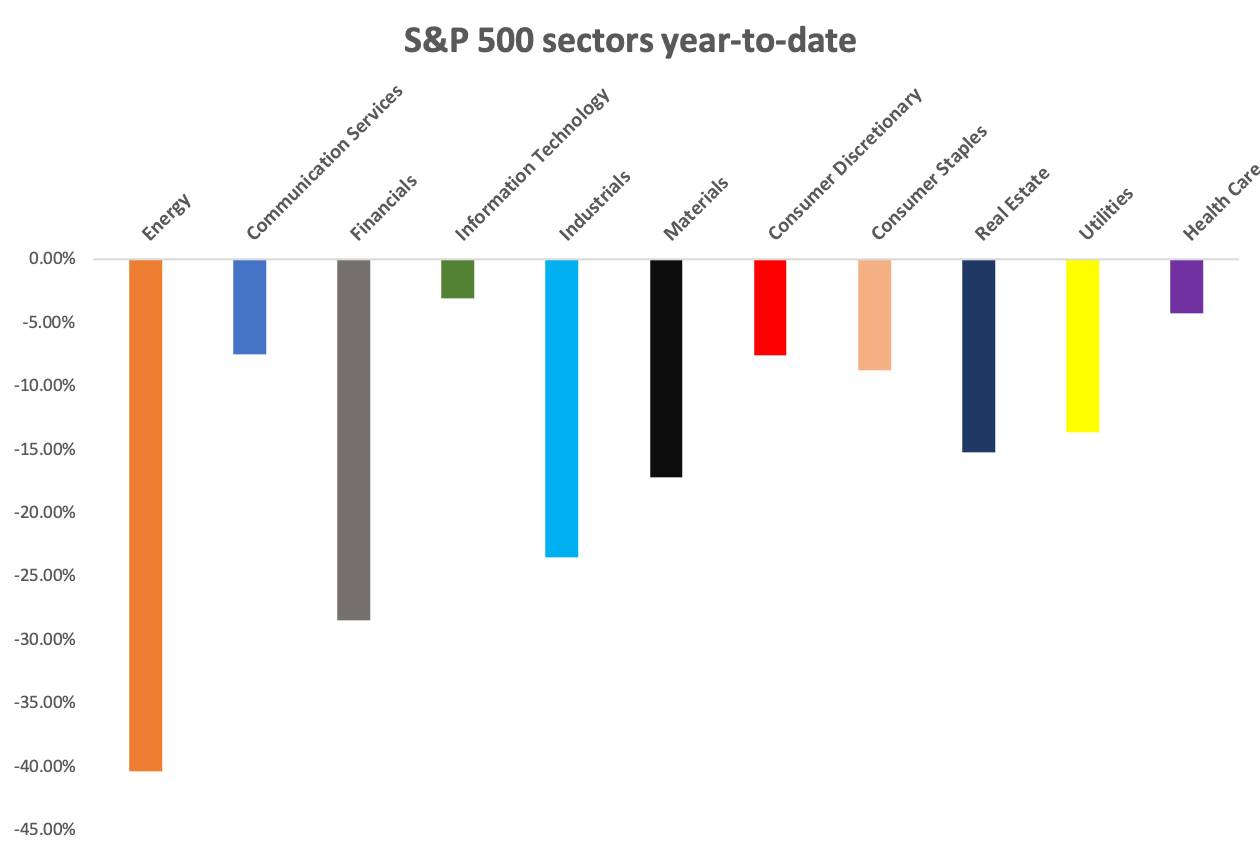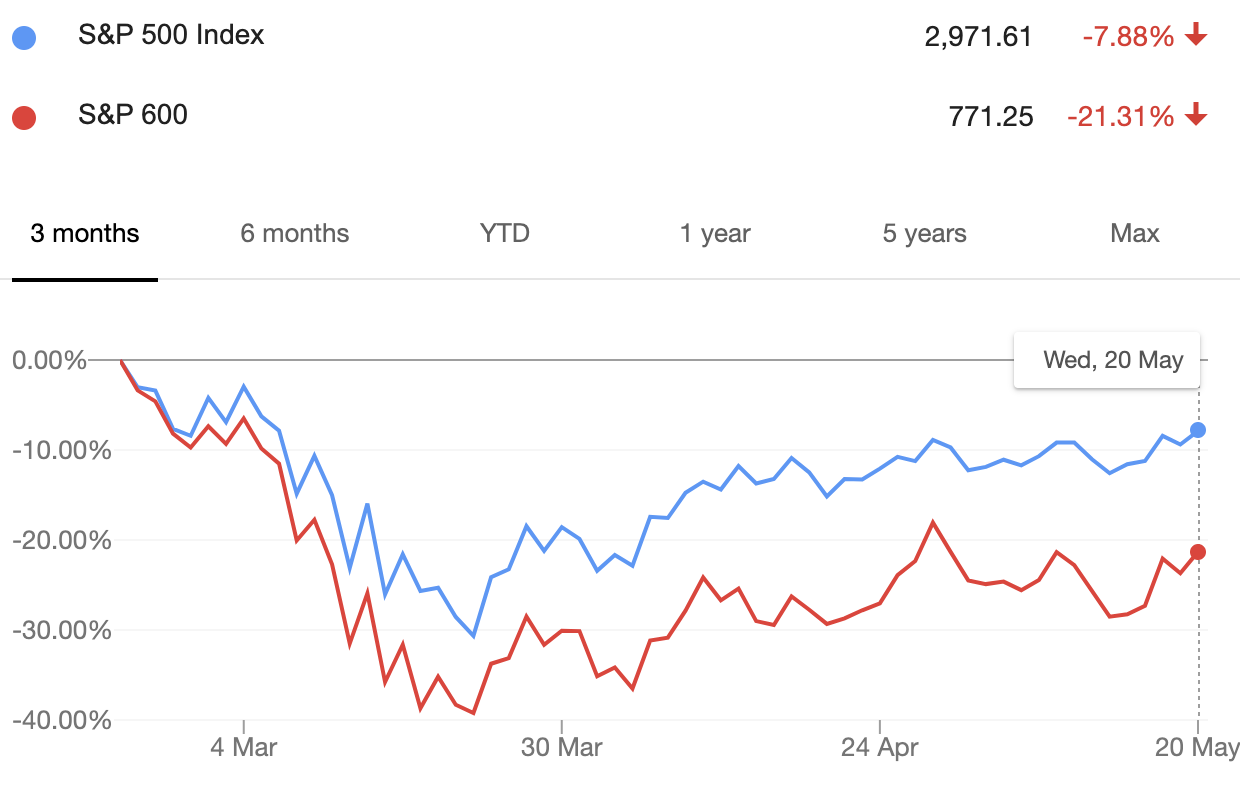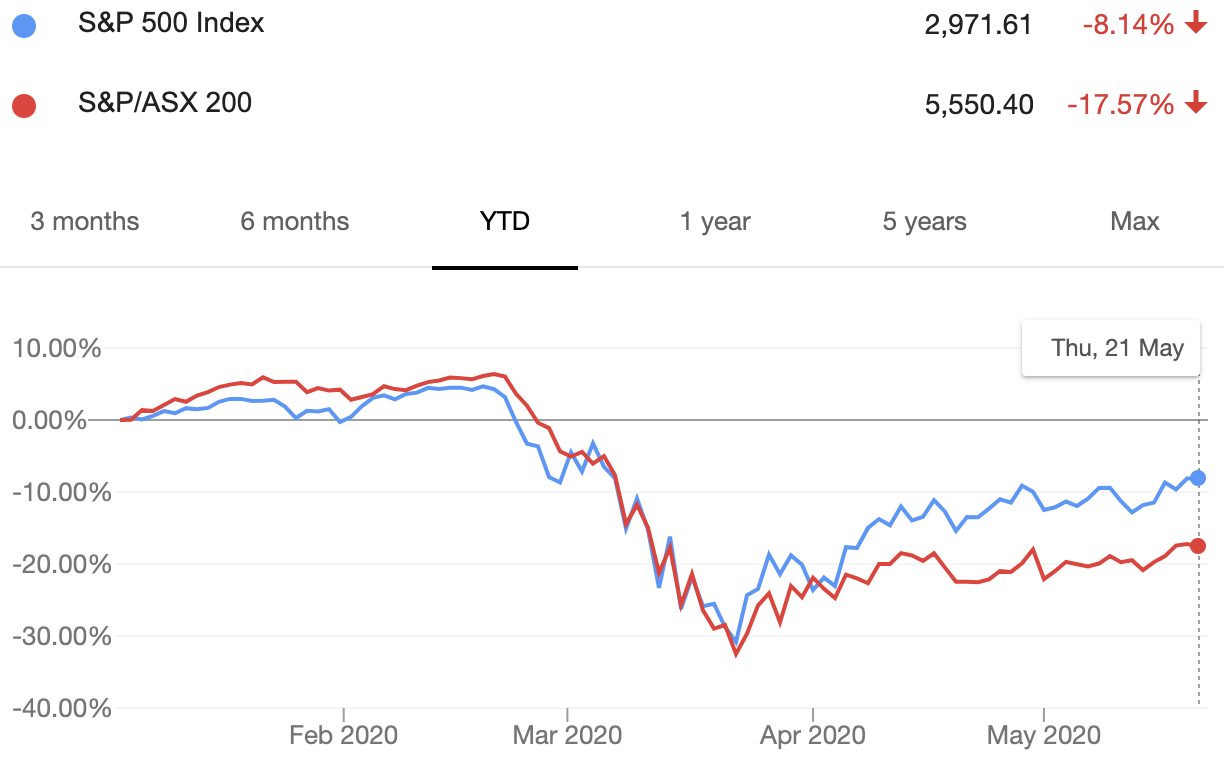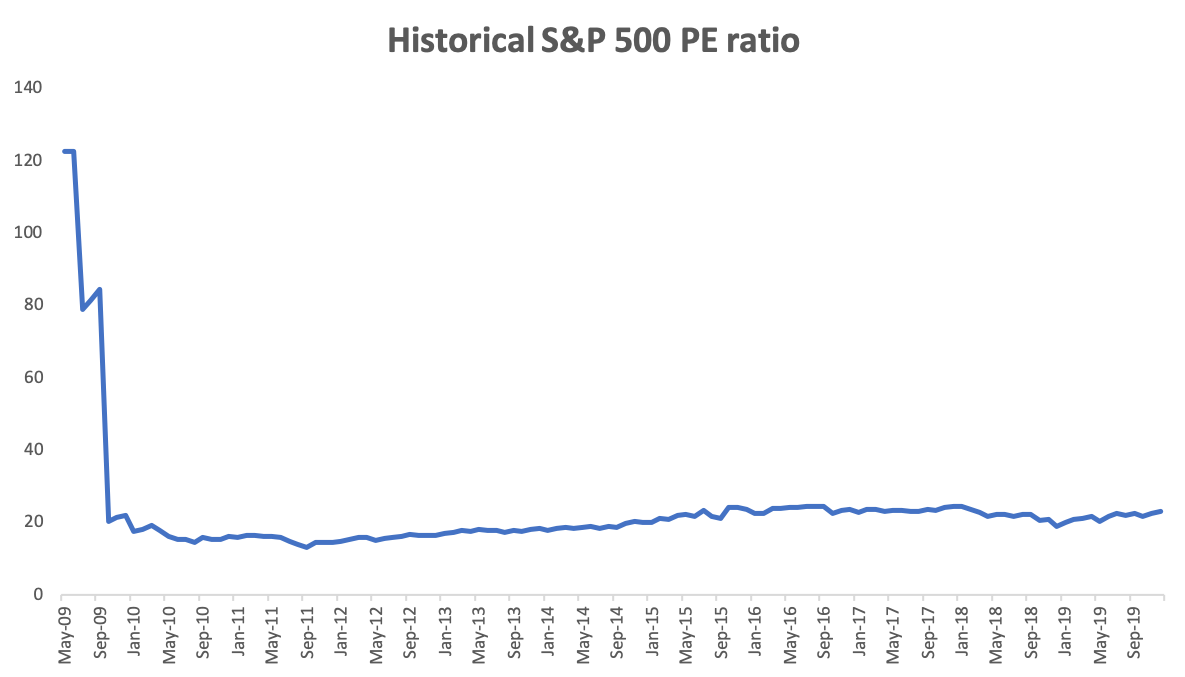As global share markets pull back from their lows in March, many have been struck by the seeming contradiction between the economic data and the market’s response.
Apocalyptic stories of great depression level unemployment, bankruptcies, collapsing earnings, etc. grate against news that stocks are re-approaching all-time highs.
Some have taken this as evidence that there is a “V-shaped bubble” – meaning the market is too optimistic about the economy recovering from the coronavirus.
Cheap versus expensive factors
But is the market in a bubble? To me it seems highly unlikely. What is more, claims of a bubble that I have seen are based on a few obvious mistakes. Below I look at some of them.
Mistake 1: cherry picked indexes
The first mistake I think that many are making it that they’re looking at the S&P 500 index.
The S&P 500 takes the companies with the lowest cost of capital in the world. It gets almost one quarter of its weight from the FANGMAN (Facebook, Amazon, Netflix, Google, Microsoft, Apple, Nvidia) technology behemoths, which have benefited from the increased internet use the coronavirus has triggered.

It then gets another 15% from healthcare and biotech companies which are – for obvious and unfortunate reasons – making more money than ever. These successful sectors and companies help bias the S&P 500 upwards.

If we use a different selection of indexes and do not cherry pick the S&P 500, the picture is very different. Take for example, the S&P 600 (pictured above), which measures smaller American companies that have been harder hit. For this index, there has been no recovery worth speaking of.

We get the same picture again when we look at Australian shares. While the US is up for the year, the Australian share market – which is dominated by the big five banks – has not priced in a recovery.
Mistake 2: Looking at PE ratios
The forward PE ratios of global shares have hit record highs. Some have taken this as evidence of a bubble, as share prices in theory are meant to hook on earnings.

However, there are problems here, again.
For one, trailing earnings are yesterday's news and in a fast-changing world they can quickly lose their relevance. Forward earnings, meanwhile, are educated guesses at the best of times as no-one has a crystal ball.
For two, PE ratios are useless for market timing. In 2009, immediately following the financial crisis, the PE ratio of the S&P 500 was the highest its ever been (pictured above). Yet this was precisely the best time to buy.
Tech mega caps PE ratios and stock prices at time of listing
PE RatioStock priceDateFacebook1,279$25Jun-12Google47$230Jan-07Netflix37$3Jan-07
For three, all the best investments in the tech mega-growth era have had ugly PE ratios. Facebook, Google, Netflix were all on PE ratios far above the market average the the time of listing. At the present, Tesla and CD Projekt Red, among the best companies to have owned the past 12 months, are on PE ratio of 150+. Want to bet against them? Me neither.
For four, PE ratios are completely public and transparent. When making a market call – such as “V-shaped bubble” – based on PE ratios, you have to ask yourself: “what do I know that everyone else doesn’t?”, “why is my interpretation of this data superior to everyone else’s?”
Ten times out of nine, you won’t have privileged knowledge. And if you have a superior interpretation, it will owe to something other than crude PE ratios.
Mistake 3. Betting on mean reversion
One of my comes from the video game The Witcher 3. (Since turned into a Netflix TV series starring Henry Cavill). In the trailer, Geralt of Rivia, the monster-hunting protagonist, has accepted a contract to kill an especially dangerous kind of vampire.
When confronted, the vampire warns Geralt that “in times past, no amount of coin would convince a witcher to accept this contract”.
“Times have changed,” comes Geralt’s reply.
In contracts for killing vampires, as in contracts for buying stocks: times change. Rules change.
These days, stock markets are better regulated and fairer than ever been before. The dishonest selling that created the tech and mortgage bubbles in 2000 and 2008 is no longer legal. Brokers cannot call up grandmas and goad them into buying penny stocks. Nor can advisers trap their clients in funds full of junk mortgages and reap commissions. Transparent index investing is roaring and so are ETFs -- to almost everyone's benefit.
There is no ETF bubble - nor can there be
Things have gotten better. The bad old bubble days are over. Incidentally, the only major bubble the past 10 years - cryptocurrency - occurred outside of mainstream finance.
Sign up to ETF Stream’s weekly email here


